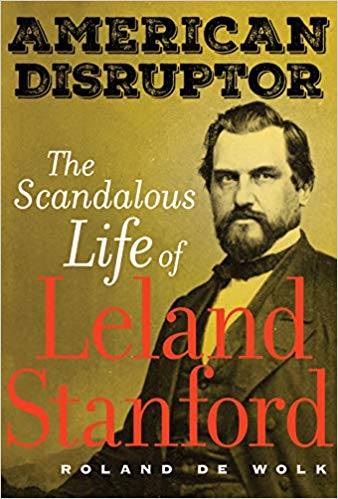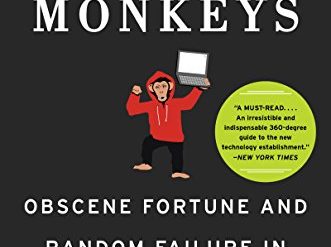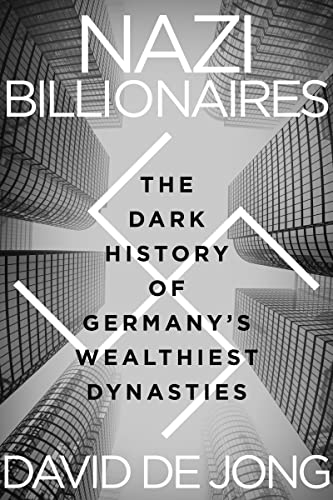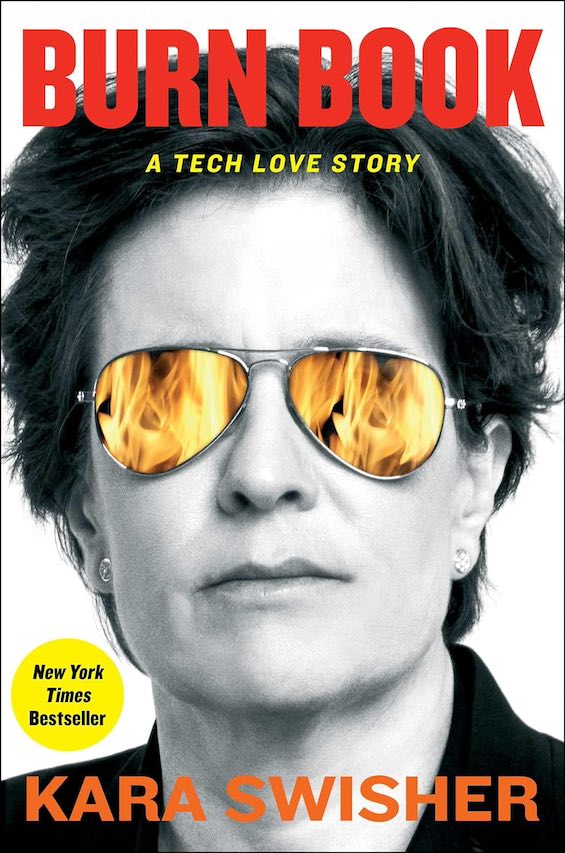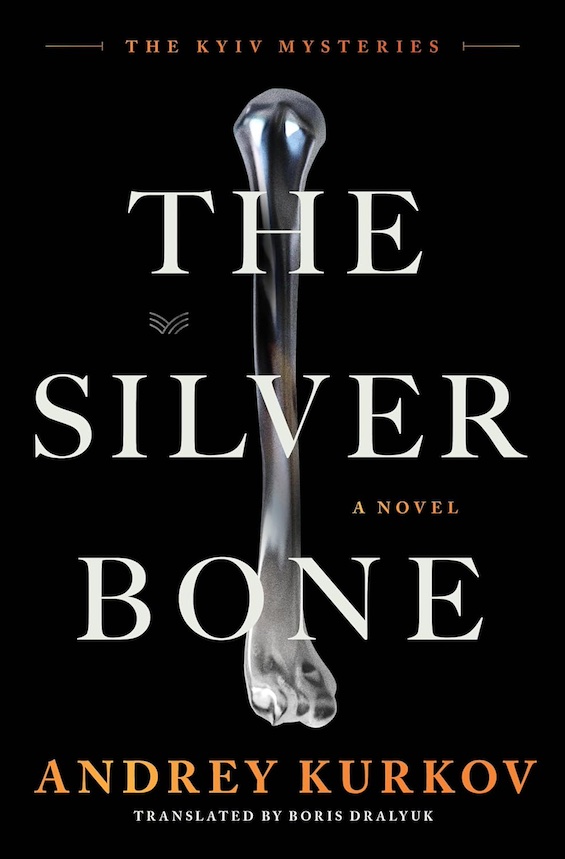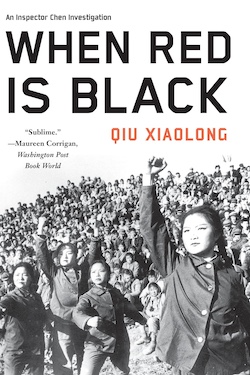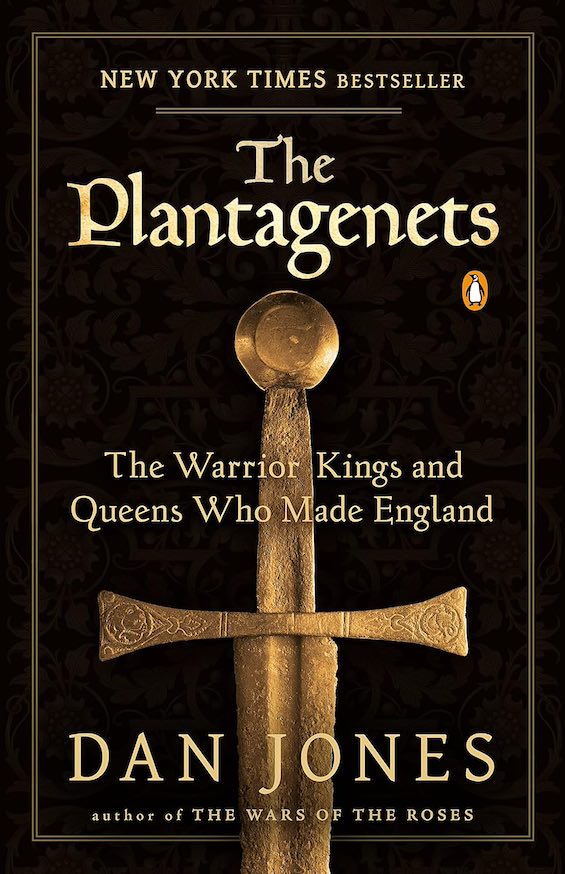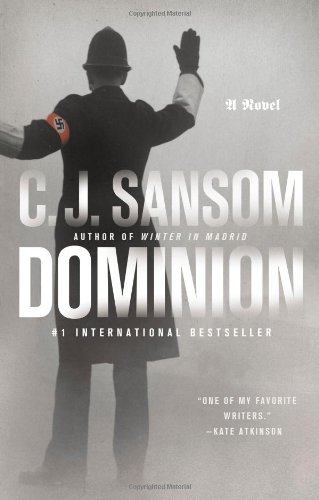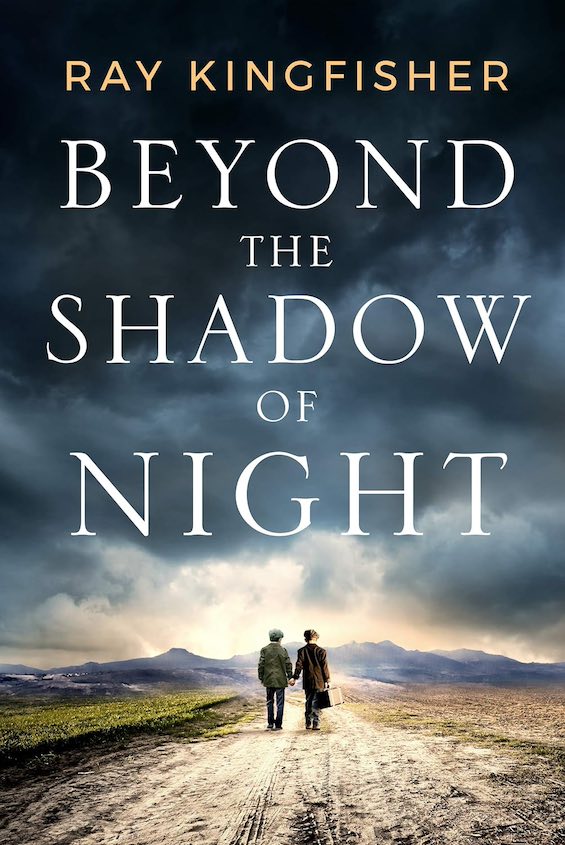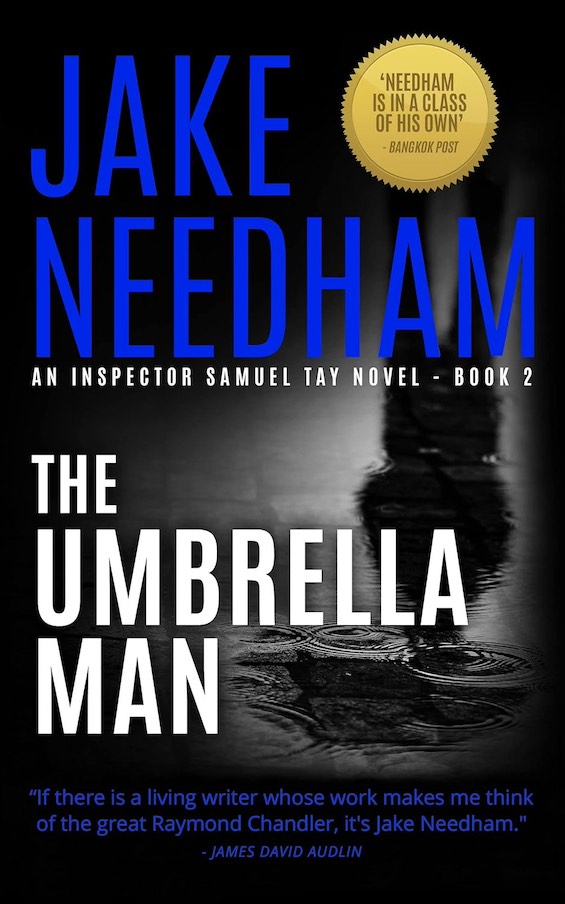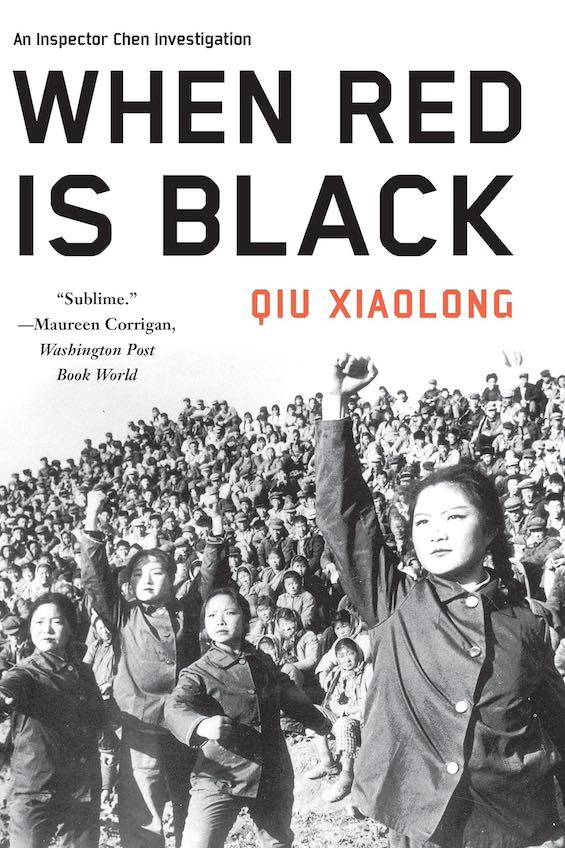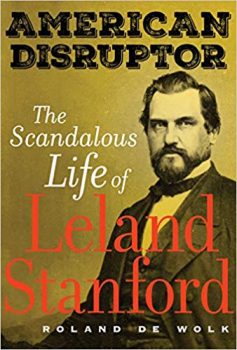
He founded Stanford University to honor his fifteen-year-old son who died of typhoid fever — and left the university near bankruptcy when he died, without an endowment. He was elected as California’s eighth Governor when his business partners effectively bought the job for him after he had lost four previous election campaigns by embarrassing margins. His crowning achievement was the completion of the transcontinental railway, a feat financed by the federal government with loans he never repaid. This otherwise ordinary man whose principal virtue was persistence was Leland Stanford, the subject of journalist Roland de Wolk’s superb new account of Stanford’s “preposterous career and life,” American Disruptor.
Estimated reading time: 6 minutes
Stanford “outstripped America’s more celebrated robber barons”
When historians cite the Robber Barons of late nineteenth century America, they typically mention Cornelius Vanderbilt, Andrew Carnegie, and John D. Rockefeller. The name Leland Stanford rarely shows up on such lists, perhaps because he lived and identified with the state of California, so far away from Wall Street. (However, he was born in a village near Albany, New York, and practiced law for years in Wisconsin.)
American Disruptor: The Scandalous Life of Leland Stanford by Roland de Wolk (2019) 344 pages ★★★★☆
Yet during his lifetime Stanford was widely recognized as one of the wealthiest and most reviled of the lot. The satirist “Ambrose Bierce began calling [him] ‘Stealin Landford.'” Together with his three partners (Collis Huntington, Mark Hopkins, and Charles Crocker), he founded — and plundered — the Central Pacific and Southern Pacific Railroads, treating the near-monopoly they held on transcontinental transportation as his private property. In De Wolk’s estimation, they created “one of the first and most bitterly hated monopolies in U.S. history, outstripping America’s more celebrated robber barons.”
Leland Stanford was, in a sense, the Bill Gates of his time
It’s difficult to understand the scale of the theft that Stanford and his partners engineered. “The Big Four [as they were known] made an estimated $62.6 million ‘surplus’ on transcontinental railroad construction and a similar $55.5 million from the other many railroads they controlled.” By contrast, “the entire annual California state budget in 1886-87 was about $6 million, the total U.S. budget about $312 million.” And in today’s dollars, the $118.1 million the Big Four walked away with would be the equivalent of at least $3.2 billion. However, the inflation multiplier of twenty-seven is misleading.
The four men’s wealth was many thousands of times as great as that of the average person, so they would rank with today’s wealthiest men, such as Jeff Bezos and Bill Gates. In fact, as De Wolk emphasizes, railroads were the cutting-edge technology of his time, so, like them, Stanford was a tech entrepreneur. And, ironically, he founded Stanford University, the epicenter of Silicon Valley. De Wolk makes much of his observation that Stanford disrupted American society in the nineteenth century as surely as Silicon Valley upended the twentieth.
“The enormity of the challenge”
Today, at a time when the nation’s population is 330 million and California’s approaches forty million, it’s difficult to grasp the enormity of the challenge Americans faced in knitting together the vast, sparsely populated territory the United States had acquired in the first half of the nineteenth century. California had become the thirty-first state in 1850, just two years after the conclusion of the Mexican-American War and the discovery of gold at Sutter’s Mill.
Suddenly, thousands of men (and many fewer women) were flocking westward in hopes of striking it rich. It was “the largest mass movement in the history of the Western Hemisphere.” But the journey involved several months of perilous travel by ship around Cape Horn or, with an equally dangerous overland interlude, across the isthmus of Panama or through Nicaragua, and then up the coast by ship again to San Francisco. Many died long before reaching the gold fields.
The nation’s greatest public works project
It wasn’t long after California achieved statehood before pressure began building for a transcontinental railroad that could cut the time to less than a week. However, the Civil War was well underway in 1862 when President Lincoln signed the legislation approving the massive loans that would make the railroad’s construction possible. Central Pacific President Leland Stanford drove the famous Golden Spike into the ground in Utah just seven years later, “seven years before the congressionally mandated deadline.” The ceremony marked the completion of what was by far the nation’s greatest public works project before the middle of the twentieth century. Suddenly, the continental United States was made whole.
Founding Stanford University was the least of his accomplishments
Leland Stanford was “born in Jeffersonian America, when California seemed as distant as Saturn and when being able to read was less common than dying of tuberculosis or typhoid.” He died in 1893 when the Gilded Age was in full swing, leaving his poorly educated widow ill-prepared to disentangle the confusion of his secretive financial affairs — and responsible to keep his namesake university alive without the means to do so. We remember Leland Stanford today largely because he founded Stanford University, but to his contemporaries that was the least of his accomplishments.
An odious character widely reviled in his lifetime
Stanford was an odious character whose theft of public resources and victimization of the public was widely recognized for many years. In his single, two-year term as Governor, he raised volunteers for campaigns to murder Native Californians and railed against the same Chinese immigrants who later built his railroad. Hundreds of Indians “were massacred during Stanford’s time as governor alone.” Yet, as De Wolk reminds us, “he headed one of the most astonishing accomplishments in American history, dwarfing those of Vanderbilt, Carnegie, and Rockefeller.” Perhaps the only comparable American achievements were the Manhattan Project, the construction of the Interstate Highway System, and the Apollo Project — all of which came a century later, when the United States was the wealthiest and most powerful nation on Earth.
Proofreader, please!
Maybe it’s me. Maybe it’s just me. But when I read I find it aggravating to come across bonehead errors in spelling or grammar, or just plain sloppiness in the form of missing or extraneous words. And I found too many such problems in American Disruptor. It’s puzzling to me that the prestigious University of California Press wouldn’t have hired a proofreader. But if one did work on this book, I suggest not employing them on the next one. What else could explain the confusion of principal for principle (not once but several times), or breaks for brakes, or sentences that go awry because extra words have crept in, or . . .? Well, you get the point.
About the author
Roland de Wolk was part of the team that won a Pulitzer Prize for the Oakland Tribune for its coverage of the 1989 Loma Prieta Earthquake. He has also reported for the San Francisco Chronicle and KTVU and written for the New York Times and Chicago Tribune. He’s won a number of awards for his journalism. De Wolk is a graduate of UC Berkeley and teaches journalism at San Francisco State University. American Disruptor is his fourth book.
For related reading
For other outstanding biographies about seminal figures from roughly the same period, see the work of National Book Award- and Pulitzer Prizewinner T. J. Stiles: The First Tycoon: The Epic Life of Cornelius Vanderbilt, reviewed at The first robber baron and the emergence of the corporation, and Custer’s Trials: A Life on the Frontier of a New America, reviewed at A superb biography of George Armstrong Custer.
You might also be interested in:
- Top 20 popular books for understanding American history
- 20 top nonfiction books about history
- My 10 favorite books about business history
- Great biographies
And you can always find my most popular reviews, and the most recent ones, on the Home Page.

